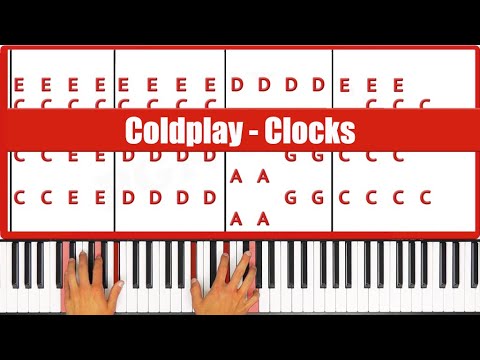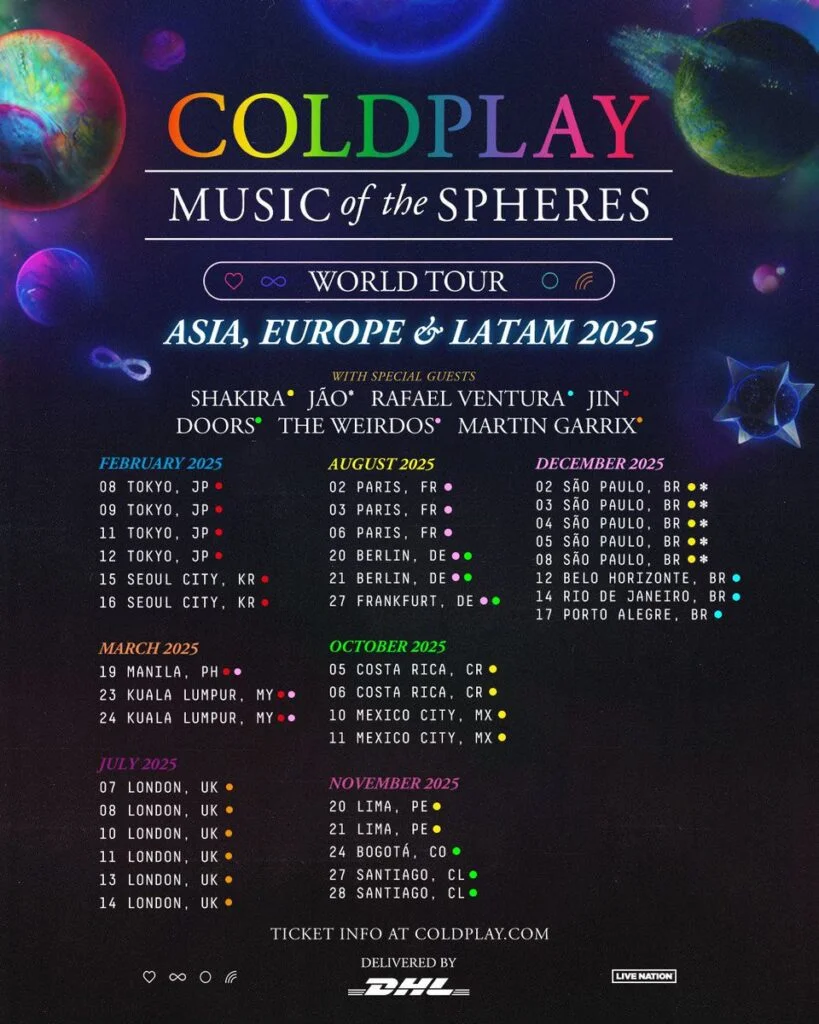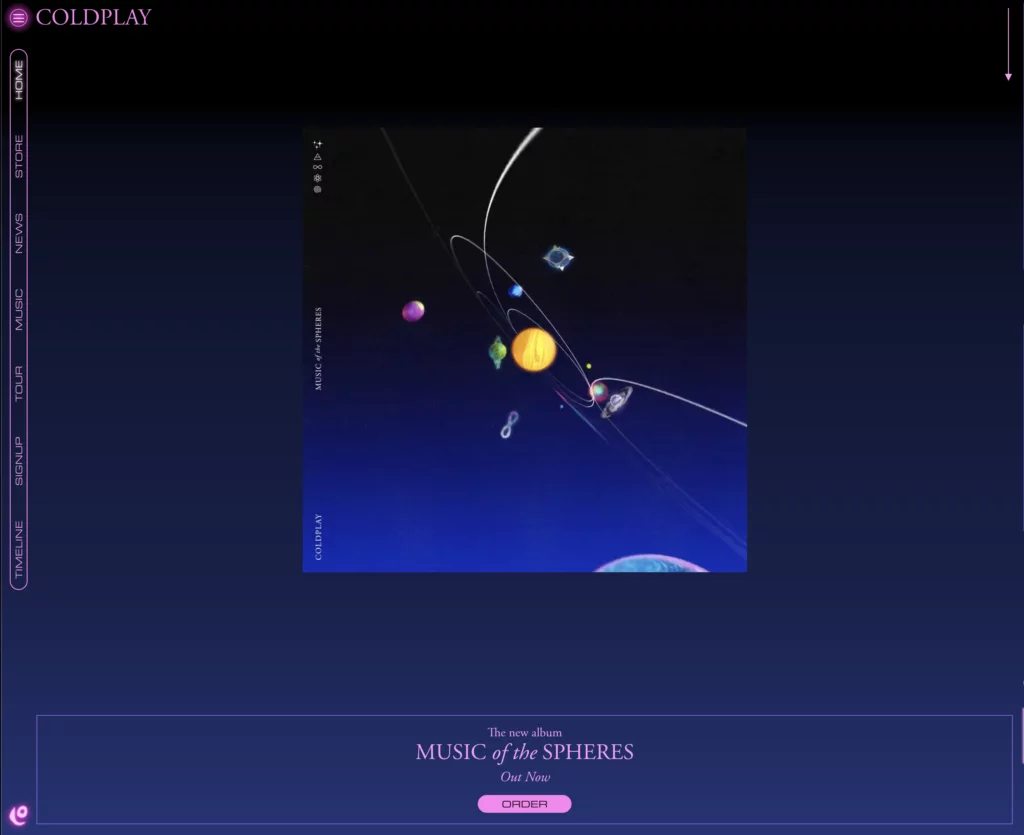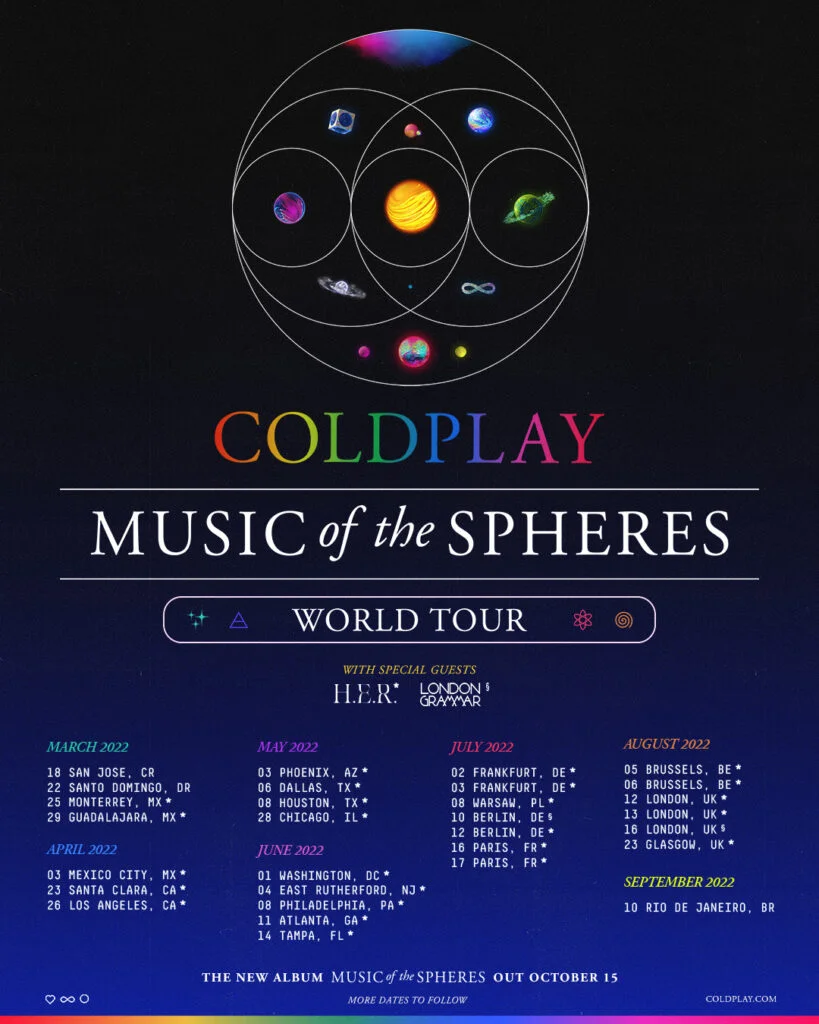Are you a Coldplay fan looking to master one of their iconic songs on the piano? Look no further as we present a step-by-step guide on playing Coldplay’s classic hit “Clocks” on the piano. Whether you are a beginner or an intermediate player, this guide will break down the song’s complexities into manageable sections, making it accessible for pianists of all levels.
“Clocks” by Coldplay is renowned for its mesmerizing piano riff, driving rhythm, and haunting melody. In this blog, we will delve into the intricate nuances of the song, providing detailed instructions and tips to help you perfect your rendition. By the end of this guide, you will be well on your way to mastering “Clocks” and impressing your audience with your piano skills.

Introduction: Understanding the Appeal of Coldplay’s ‘Clocks’
If you’re a fan of Coldplay and love playing the piano, mastering Coldplay’s iconic song ‘Clocks’ is a must-do! Released in 2002, ‘Clocks’ has become a timeless classic loved by many. The soothing melody, haunting piano riffs, and Chris Martin’s heartfelt vocals make this song captivating. Let’s delve into the appeal of ‘Clocks’ and explore how you can learn to play it on the piano.
The Musical Brilliance of ‘Clocks’
‘Clocks’ is known for its unique piano riff that opens the song, setting a melancholic yet uplifting tone. The repetitive piano motif, combined with Martin’s emotive lyrics, creates a sense of longing and introspection. The song’s rhythmic drive and anthemic chorus make it a standout track in Coldplay’s discography.
Key Elements of ‘Clocks’
The key to playing ‘Clocks’ on the piano is mastering the syncopated rhythms and arpeggiated chords that characterize the song. Pay close attention to the dynamics and phrasing to bring out the emotion in each note you play. Practice transitioning smoothly between the different sections to maintain the song’s flow.
Getting Started: Basics of Playing ‘Clocks’ on the Piano
If you want to master Coldplay’s “Clocks” on the piano, you’re in for a musical treat. Here’s a step-by-step guide on how to play “Clocks” on the piano by Coldplay.
Key Chords and Melody
Start familiarizing yourself with the key chords – Am7, Dm7, Fmaj7, and Em. Practice playing these chords smoothly while keeping the melody in mind.
For the iconic melody “How to Play Clocks on Piano” by Coldplay, focus on the repetitive rhythmic pattern that drives the song’s energy.
View this post on Instagram
Timing and Rhythm
Pay attention to the timing and rhythm of the song. Practice with a metronome to maintain the tempo throughout the piece.
- Start slow and gradually increase the speed as you become more comfortable with the piece.
- Emphasize the syncopated rhythms to capture the essence of the song.
Breaking it Down: Learning the Chords and Melody
When mastering Coldplay’s iconic song “Clocks” on the piano, it is essential to start by learning the chords and melody. Familiarizing yourself with the song’s key will help you understand the chord progressions and melody structure.
Understanding the Chords
Start by identifying the primary chords used in “Clocks,” such as Am, F, C, and G. Practice transitioning smoothly between these chords to capture the song’s essence. Utilize chord guides or online resources to help visualize and memorize the chord positions.
Mastering the Melody
Focus on learning the distinct piano melody that runs throughout “Clocks.” Pay attention to the rhythm and timing, as capturing the song’s unique syncopation is crucial. Practice playing the melody slowly at first, gradually increasing speed as you gain confidence.
Tips and Techniques: Mastering the Piano Arrangement
Mastering Coldplay’s ‘Clocks’ on piano requires dedication and practice. To play “Clocks” on piano by Coldplay effectively, follow these tips and techniques:
1. Finger Placement and Hand Positioning
Ensure proper finger placement and hand positioning on the keys for each chord and melody. Practice scales and arpeggios to strengthen your fingers for swift transitions.
Remember to keep your wrists relaxed to avoid tension while playing. Consistent practice will help improve your dexterity.
2. Rhythmic Accuracy
Focus on mastering the intricate rhythms in “Clocks” to capture the song’s essence. Use a metronome to stay on time and practice playing with the original track.
- Break down complex rhythms into smaller patterns
- Practice gradually increasing the tempo to enhance your playing speed
Practice Makes Perfect: Developing Your Skills
Mastering Coldplay’s “Clocks” on piano requires dedication and practice. Consistent practice is key to developing your skills and mastering this iconic piece. Whether you are a beginner or an experienced pianist, regular practice is essential to improve your technique, accuracy, and overall performance.
Setting Up a Practice Schedule
Creating a consistent practice schedule is crucial for making progress. Allocate daily time slots to focus on practicing “Clocks” on the piano. Setting goals for each practice session can help you stay motivated and track your improvement over time.
Focus on Technique and Accuracy
Pay attention to your hand positions, finger placement, and posture while playing “Clocks” on the piano. Practice slowly and accurately to perfect each note and transition. Use a metronome to maintain a steady tempo and work on challenging sections until they become effortless.
View this post on Instagram
Seek Feedback and Guidance
Consider getting feedback from a piano teacher or fellow musicians to help identify areas for improvement. Joining a group or online community of pianists can provide valuable support and motivation as you work towards mastering “Clocks” by Coldplay.
Enhancing Your Performance: Adding Personal Touches
When mastering ‘Clocks’ on piano, adding personal touches can elevate your performance to the next level. Personalization allows you to connect more deeply with the song and make it your own.
Exploring Dynamics
Experiment with dynamics to add depth and emotion to your rendition. Play some parts softly and gradually build to powerful crescendos, capturing the song’s essence.
Infusing Emotions
Infuse your performance with emotions such as nostalgia, joy, or melancholy. Use expressive phrasing and dynamics to convey the feelings portrayed in ‘Clocks’ (Here are the latest ways to achieve this in the year).
Frequently Asked Questions
- What is the song ‘Clocks’ by Coldplay known for?
- Coldplay’s song ‘Clocks’ is known for its iconic piano riff and captivating melody.
- Is ‘Clocks’ by Coldplay suitable for piano beginners?
- While ‘Clocks’ by Coldplay has a distinctive piano part, beginners can learn to play it using a step-by-step guide with practice and patience.
- What skills can I improve by mastering ‘Clocks’ on the piano?
- Mastering ‘Clocks’ on the piano can help improve hand coordination, finger dexterity, rhythm, and understanding of chord progressions and melodies.
- Why is learning ‘Clocks’ by Coldplay beneficial for piano players?
- Learning ‘Clocks’ by Coldplay can enhance your piano-playing skills, expand your repertoire, and provide a sense of accomplishment as you master a popular song.
- Can I customize my interpretation of ‘Clocks’ on the piano once I master the basics?
- Once you have mastered the basics of ‘Clocks,’ you can explore different interpretations, add flair, or even create variations to make the song more personal and unique.
Conclusion
As we reach the end of our step-by-step guide on how to play Coldplay’s timeless piece “Clocks” on the piano, it’s clear that mastering this song is not just about hitting the right notes but also about capturing the emotion and energy it carries. By breaking down the melody, chords, and rhythms, we’ve provided you with the tools to delve into the heart of this iconic track and make it your own.
Remember, practice and patience are key when tackling a piece as dynamic as “Clocks.” Embrace the process, feel the music, and let your passion guide your fingertips. Soon enough, you’ll play this masterpiece with confidence and flair, captivating your audience with every note.
In conclusion, playing “Clocks” on the piano is a technical exercise and a musical journey that allows you to express your creativity and emotion. So, keep practicing, exploring, and, most importantly, playing!






